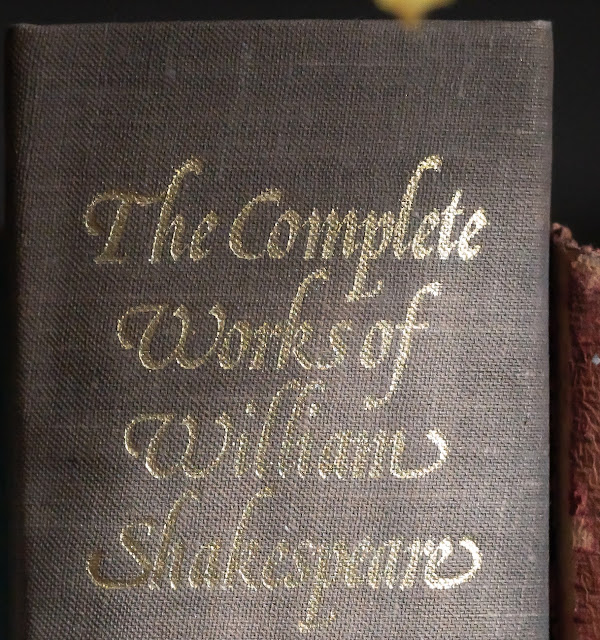Noise - Does it matter anymore?
Above, you see a 100% zoom into a picture of my bookshelf. I selected an old book with lots of texture for this test. Believe it or not, the image was taken at ISO 12800, f/4, 1/4000 seconds. The noise reduction was done by Lightroom in a rather elementary way.
For comparison, I show you the ISO 100 version below. It was done with luminance slider at 16, and the color slider at 8, all other sliders the same. There are only very subtle differences which really do not matter in this image.
Why does this high ISO image look so good? The reason is that we have a scene with good contrast, but not too much.
Good light matters.
The image may have more noise, but you do not notice. Noise is like a dark dirt carpet spread over your image. If the ISO is enhanced that carpet will be enhanced too. But if the details that matter for the eye are at good light levels, you do not see the problem. The contrast that makes the texture is still there.
Things are completely different in bad light. Below you see a 100% zoom again to an image taken at ISO 100. Look at the wood structure. Clearly, the light is not optimal.
Now, I show you the best result I could get in Lightroom at ISO 12800 with the default denoising. I had to take the luminance and details slider carefully to the right. Whatever you do, you either get visible noise (at 100% zoom!) or smeared details.
Clearly, it all depends on the type of contrast and light that you have in your scene. It can be particularly devastating in faces which are covered from light and in low contrast. Usually, you will get a muddy, flat and blurry result.
We now have the new AI denoising tool in Lightroom. Below, I tried it on this ISO 12800 sample. It is quite surprising how well the AI reconstructs the details of the wood. This is really amazing! The details are a bit more coarse, but they are there. Faces, feathers and hair will look "artificial". But taking a high ISO is better than risking motion blur. And we should not forget that the images here are shown at 100% pixel-peeping.
I'd say, noise still matters. But with care and effort, we can get useable results even in conditions where it would not have been possible before. In the old times, my solution was to simply embrace the film noise as part of the B/W look.






Comments
Post a Comment